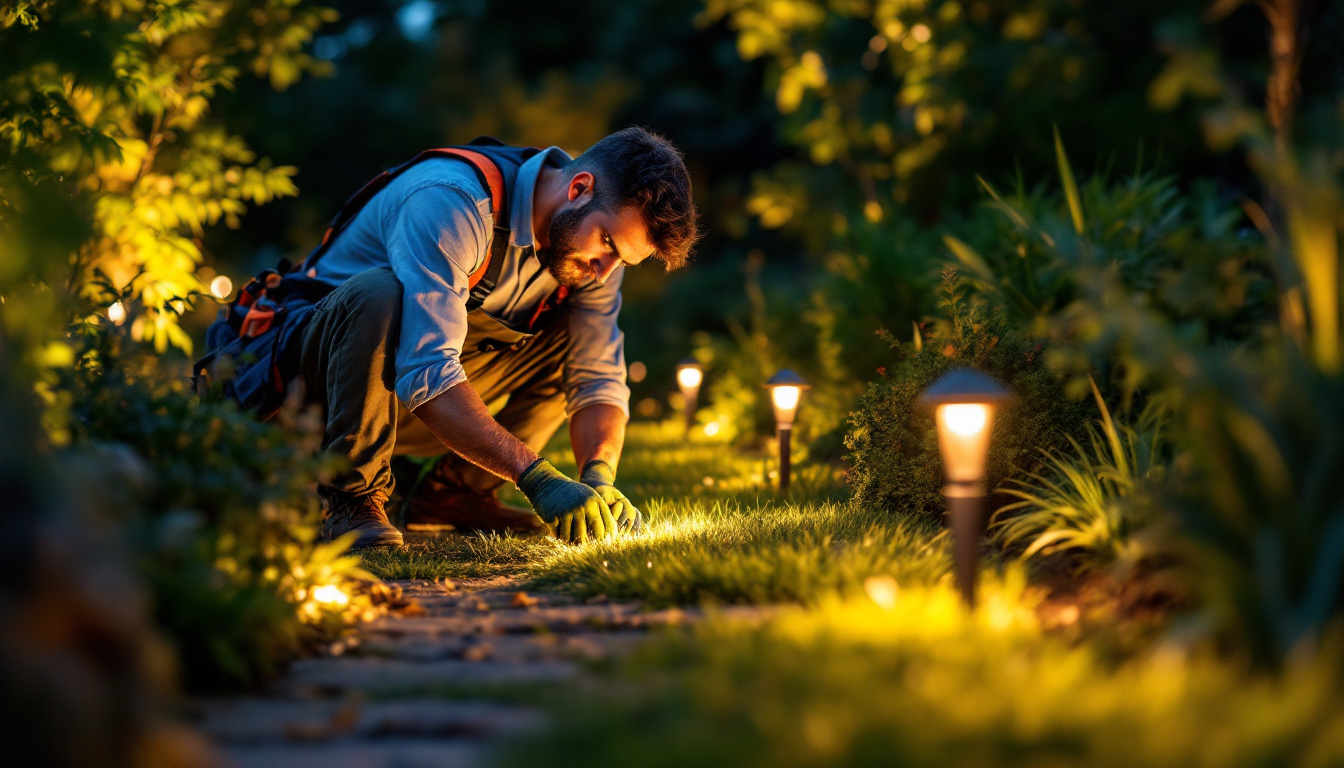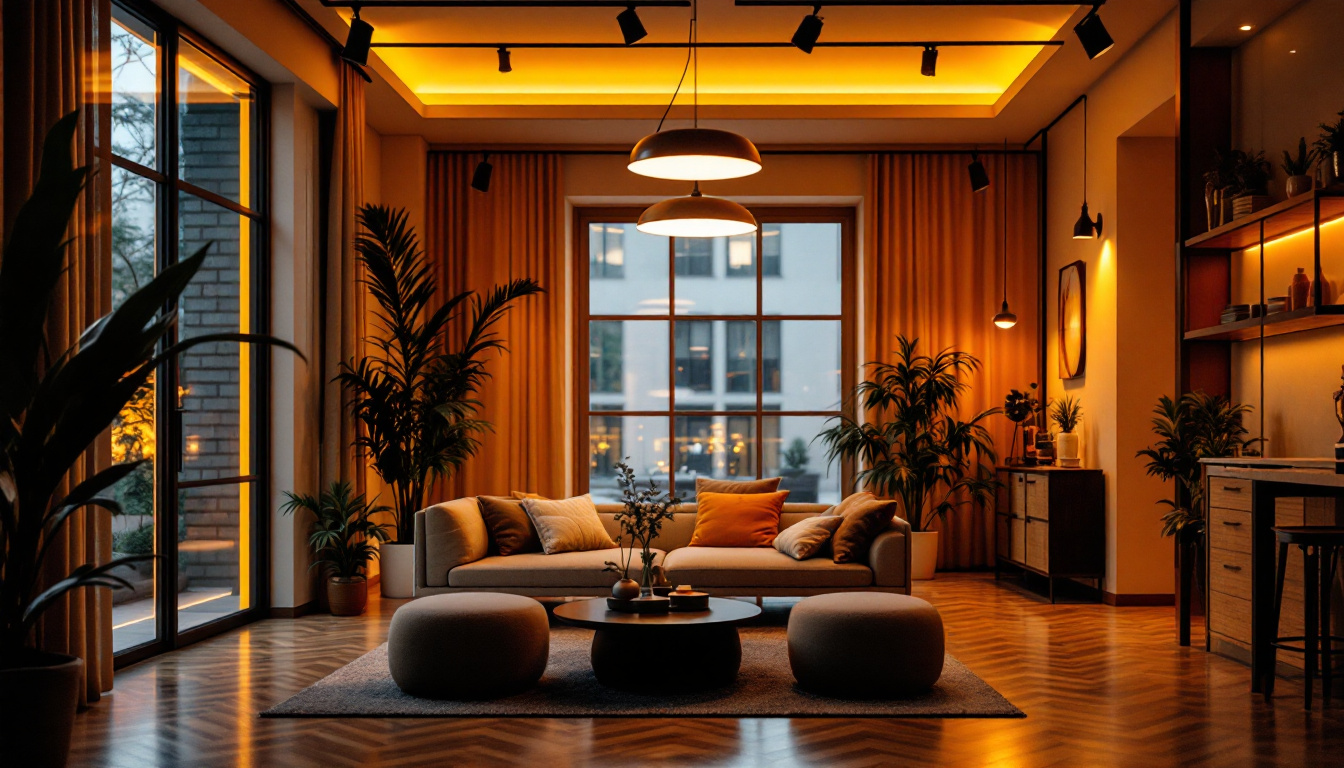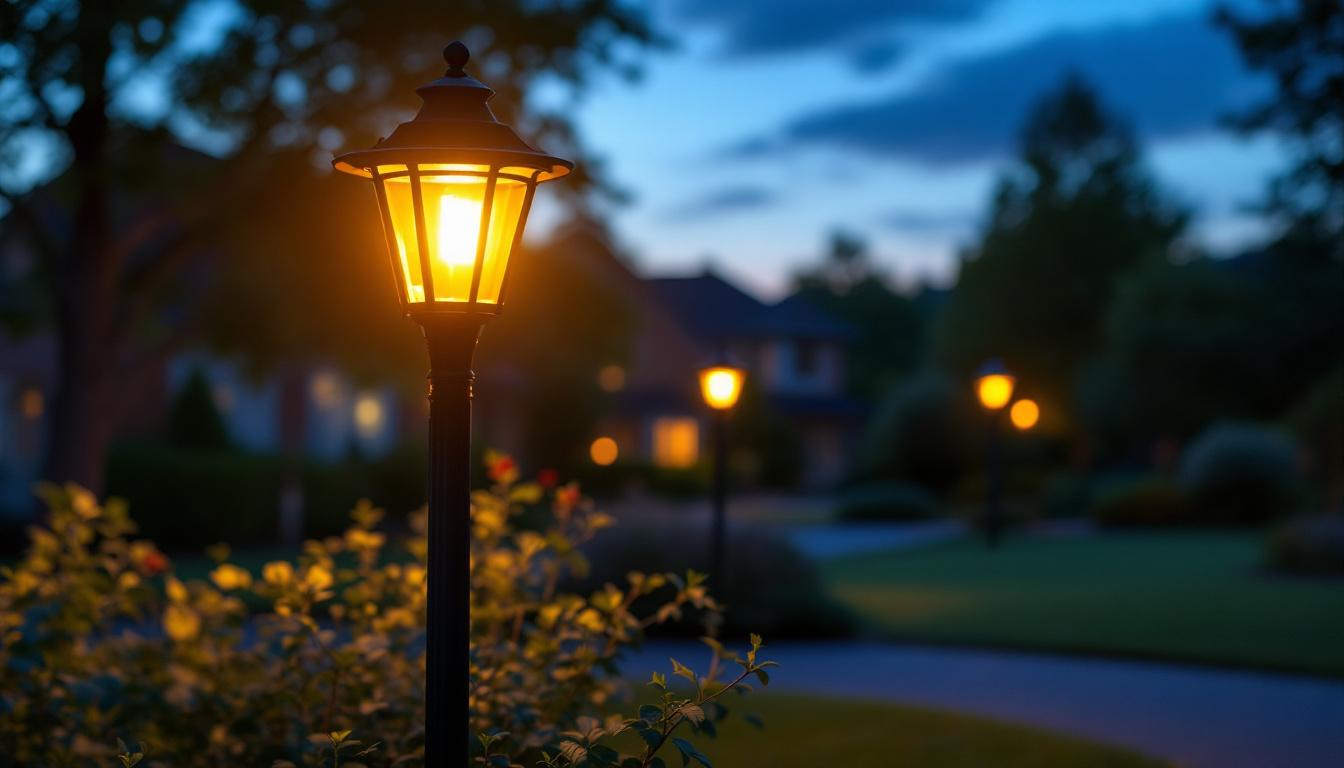
In the realm of outdoor lighting, LED landscape lights have emerged as a popular choice for both residential and commercial applications. Their energy efficiency, longevity, and versatility make them an attractive option for lighting contractors looking to enhance outdoor spaces. However, to maximize the benefits of LED technology and ensure customer satisfaction, it is essential to understand the do’s and don’ts associated with installing and maintaining these lights.
Before diving into the best practices for installation and maintenance, it’s important to recognize the advantages that LED landscape lighting offers. Understanding these benefits can help contractors make informed decisions when selecting and installing lighting solutions.
One of the most significant advantages of LED landscape lights is their energy efficiency. Compared to traditional incandescent or halogen bulbs, LEDs consume significantly less power while providing the same, if not greater, illumination. This efficiency translates into lower energy bills for clients, making it a selling point for contractors.
Moreover, LEDs have a longer lifespan, often lasting up to 25,000 hours or more. This longevity means fewer replacements and reduced maintenance costs, which is an attractive prospect for both contractors and clients. In addition to financial savings, the reduced frequency of bulb replacements also minimizes waste, contributing to a more sustainable approach to outdoor lighting. As environmental concerns continue to rise, clients are increasingly drawn to solutions that align with eco-friendly practices, making LED lighting an even more appealing option.
LED landscape lights come in a variety of styles, colors, and designs, allowing contractors to create customized lighting solutions that suit the unique needs of each project. From pathway lights to spotlights and accent lights, the versatility of LED fixtures enables contractors to enhance the aesthetic appeal of any outdoor space.
Additionally, many LED lights are now available with adjustable color temperatures and smart technology features, allowing for even greater customization and control over the lighting ambiance. This adaptability not only enhances the visual dynamics of a landscape but also allows for the creation of different moods and atmospheres. For instance, warm white lights can evoke a cozy and inviting environment for gatherings, while cooler tones can provide a more modern and sleek feel for contemporary outdoor designs. Furthermore, the integration of smart technology means that homeowners can control their landscape lighting remotely, schedule lighting to turn on or off at specific times, and even sync their lights with music or other smart home devices, adding an extra layer of convenience and sophistication to outdoor living spaces.
To ensure successful installations and satisfied clients, lighting contractors should adhere to several best practices when working with LED landscape lights. These do’s will help streamline the installation process and enhance the overall quality of the lighting design.
Before beginning any installation, it is crucial to conduct a comprehensive site assessment. This assessment should include evaluating the landscape’s layout, identifying key features that require illumination, and considering the overall aesthetic goals of the project.
Understanding the client’s vision is paramount. By discussing their preferences and expectations, contractors can tailor their lighting designs to meet specific needs, ensuring that the final result aligns with the client’s desires. Additionally, it is beneficial to take note of any existing lighting or architectural elements that may influence the new design. This holistic approach not only helps in achieving a cohesive look but also allows for the integration of innovative lighting techniques that can enhance the landscape’s features.
Selecting the appropriate LED fixtures is essential for achieving the desired lighting effect. Contractors should consider factors such as brightness, beam angle, and color temperature when choosing fixtures for a project. For instance, warm white lights are often preferred for creating a cozy atmosphere, while cooler temperatures might be suitable for modern designs.
Additionally, it is important to choose fixtures that are rated for outdoor use. Weather-resistant and durable materials will ensure that the lights can withstand the elements, reducing the likelihood of damage and maintenance issues in the future. Furthermore, exploring energy-efficient options can not only reduce the client’s energy bills but also contribute to environmentally sustainable practices. By recommending fixtures with lower wattage and longer lifespans, contractors can provide added value to their clients while promoting eco-friendly solutions.
Effective placement of landscape lights can significantly impact the overall success of the lighting design. Contractors should consider the height, angle, and distance of each fixture to create a balanced and visually appealing effect. For example, uplighting trees can create dramatic shadows and enhance the landscape’s natural beauty.
Moreover, spacing fixtures evenly along pathways or around features helps to avoid dark spots and ensures consistent illumination throughout the area. A well-thought-out lighting plan will not only enhance safety but also elevate the aesthetic appeal of the outdoor space. It is also advisable to consider the seasonal changes in the landscape, as certain plants may grow or change appearance throughout the year. By planning for these variations, contractors can ensure that the lighting remains effective and visually pleasing regardless of the season, creating a dynamic outdoor environment that delights clients year-round.
While there are many best practices to follow, there are also common pitfalls that contractors should avoid when working with LED landscape lights. Being aware of these don’ts can help prevent costly mistakes and ensure a successful installation.
One of the most critical aspects of installing LED landscape lights is ensuring proper wiring and connections. Contractors should avoid cutting corners when it comes to wiring, as poor connections can lead to flickering lights or complete failures. Using weatherproof connectors and ensuring that all connections are secure will help prevent issues down the line.
Additionally, it’s essential to plan the wiring layout carefully. Avoid running wires in areas where they may be damaged by landscaping activities or heavy foot traffic. Properly burying and protecting wires can save time and money in future maintenance. It’s also wise to use a conduit for additional protection, especially in areas where the soil may shift or where there’s a risk of water accumulation. This extra layer of security can prevent corrosion and extend the lifespan of the wiring, ensuring that the lighting system remains functional for years to come.
Every region has specific regulations regarding outdoor lighting, including restrictions on brightness levels, light pollution, and fixture placement. Contractors should familiarize themselves with local codes and regulations to ensure compliance. Ignoring these guidelines can result in fines or the need for costly adjustments after installation.
Moreover, being aware of local wildlife considerations is crucial. Some areas may have restrictions on lighting near habitats to protect nocturnal animals, and respecting these regulations not only supports the environment but also builds trust with clients. Understanding the ecological impact of lighting choices can also lead to more sustainable practices, such as using fixtures designed to minimize light spill and choosing warmer color temperatures that are less disruptive to wildlife. This knowledge can set a contractor apart as a responsible and informed professional in the eyes of environmentally conscious clients.
After the installation is complete, the relationship between the contractor and the client should not end. Providing ongoing maintenance and support is essential for ensuring the longevity and performance of LED landscape lights. Contractors should offer clients guidance on how to care for their lighting systems, including cleaning fixtures and checking for any issues.
Additionally, establishing a maintenance schedule can help identify and address potential problems before they escalate. This proactive approach not only enhances client satisfaction but also fosters long-term relationships and repeat business. Offering a warranty or service plan can further reassure clients, demonstrating a commitment to quality and reliability. Regular follow-ups can also provide opportunities to discuss upgrades or expansions, keeping the contractor engaged with the client’s evolving needs and preferences. By being attentive and responsive, contractors can cultivate a loyal customer base that values their expertise and service.
As technology continues to evolve, so do the trends in LED landscape lighting. Staying informed about the latest innovations can help contractors remain competitive and provide cutting-edge solutions to their clients.
Smart lighting technology is rapidly gaining popularity in the landscape lighting industry. Homeowners are increasingly seeking systems that can be controlled via smartphone apps or voice-activated devices. This technology allows for greater flexibility in adjusting lighting levels, colors, and schedules.
Contractors should consider incorporating smart lighting options into their offerings. Providing clients with the ability to customize their outdoor lighting experience can set a contractor apart from competitors and enhance overall satisfaction.
Another trend is the integration of landscape lighting with overall landscape design. Clients are looking for cohesive designs that seamlessly blend lighting with their outdoor spaces. This trend emphasizes the importance of collaboration between lighting contractors and landscape designers to create harmonious environments.
By working together, contractors can ensure that lighting enhances the beauty of the landscape while also serving functional purposes. This collaborative approach can lead to innovative designs that exceed client expectations.
LED landscape lights offer a wealth of opportunities for lighting contractors to enhance outdoor spaces while providing energy-efficient and long-lasting solutions. By adhering to the do’s and don’ts outlined in this article, contractors can ensure successful installations that meet client needs and expectations.
Staying informed about industry trends and continuing to prioritize customer satisfaction will be key to thriving in the competitive landscape lighting market. Ultimately, a commitment to quality, compliance, and innovation will set contractors apart and lead to lasting success in the field.
Ready to elevate your LED landscape lighting installations with the highest quality products at the most competitive prices? Look no further than LumenWholesale. We provide lighting contractors with spec-grade lighting solutions that promise durability, efficiency, and stunning aesthetics. Our direct-to-contractor approach means you enjoy wholesale pricing without the extra costs, ensuring every project shines without straining your budget. Plus, with free shipping on bulk orders, you can stock up on all the LED landscape lights you need and keep your business glowing strong. Discover the difference that LumenWholesale can make for your lighting projects. Wholesale Lighting at the Best Value is just a click away.

Discover the essential guide to 4 recessed LED can lights tailored for lighting contractors.

Discover how innovative lighting solutions for cathedral ceilings are transforming the industry for lighting contractors.

Discover the transformative power of 5000K light in enhancing lighting installation projects.

Discover the frequent pitfalls lighting contractors encounter with lamp post outdoor lighting.